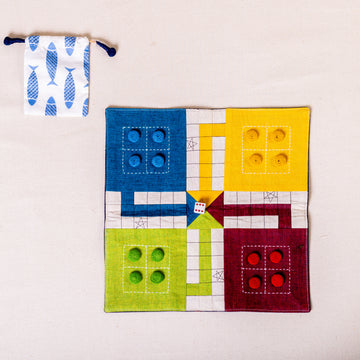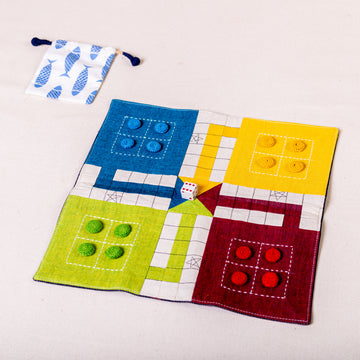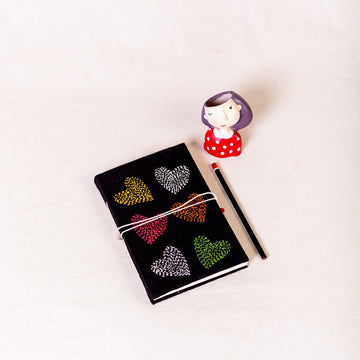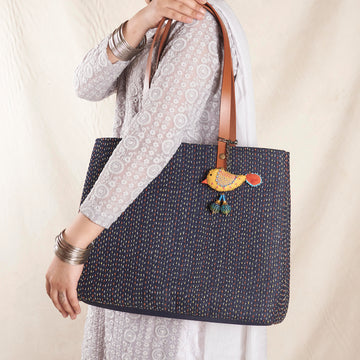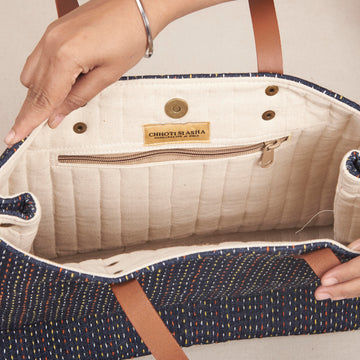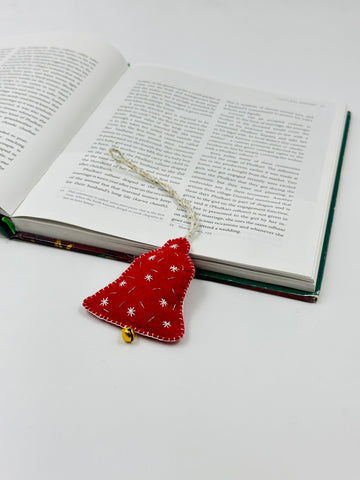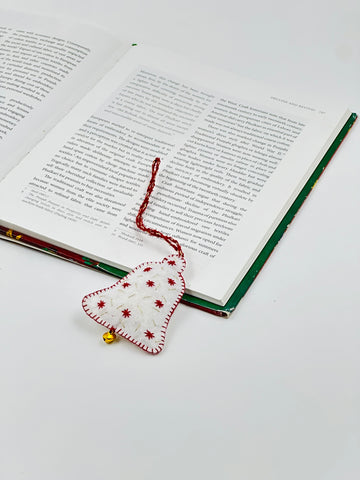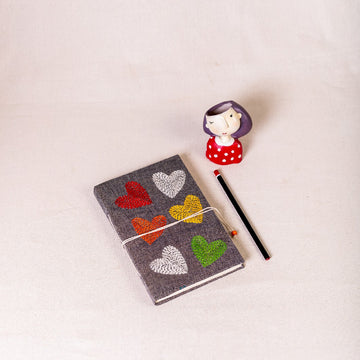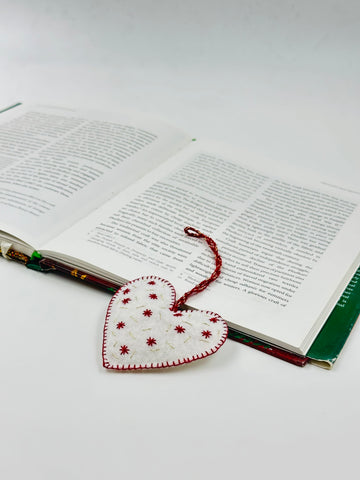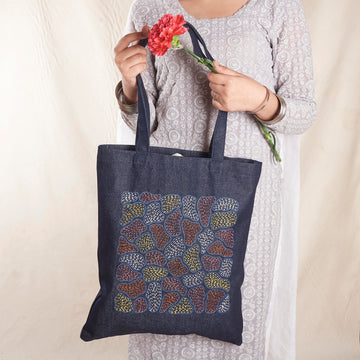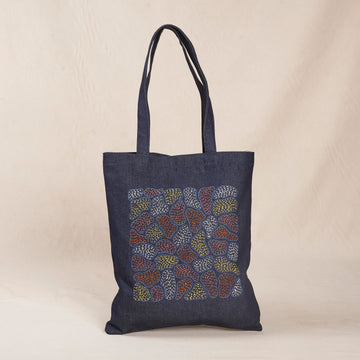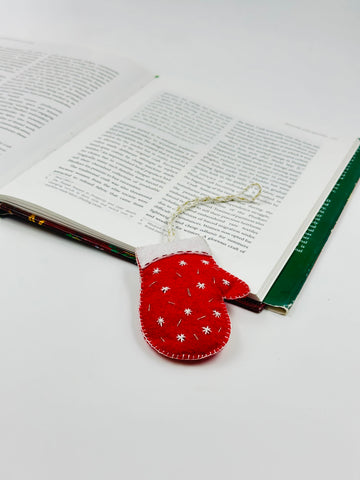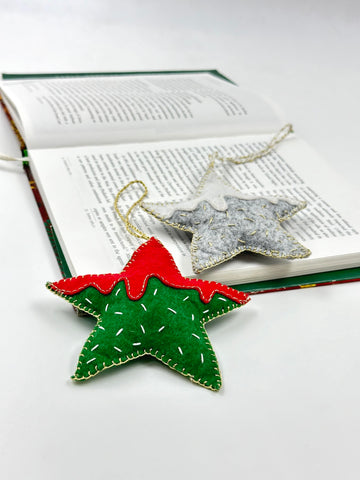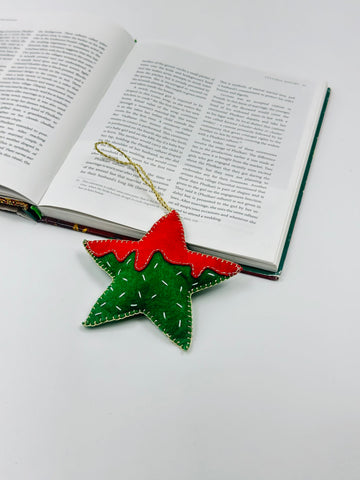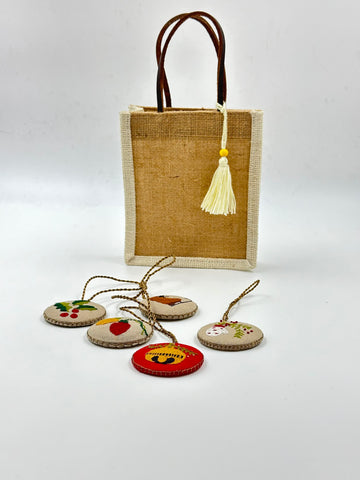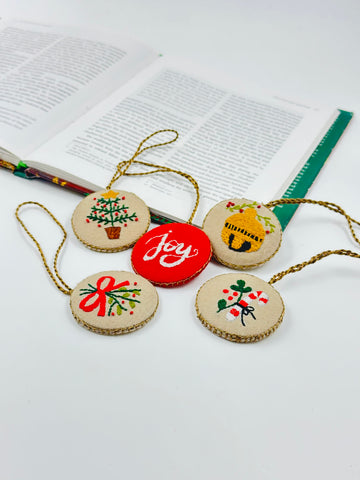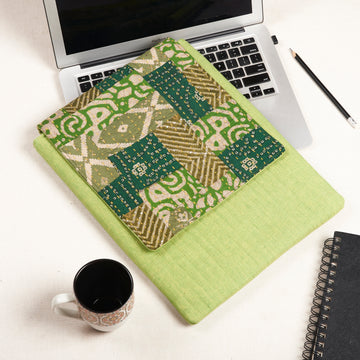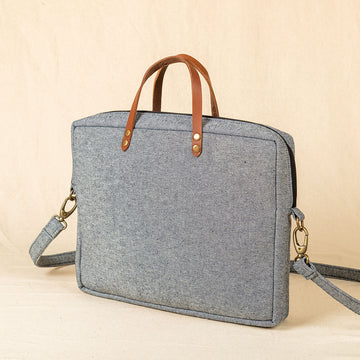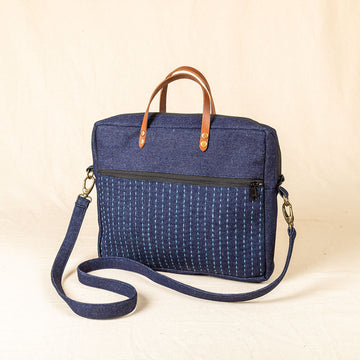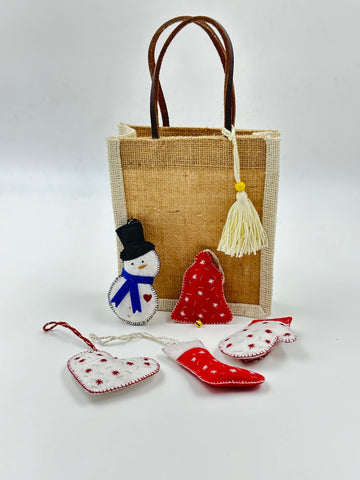Kantha
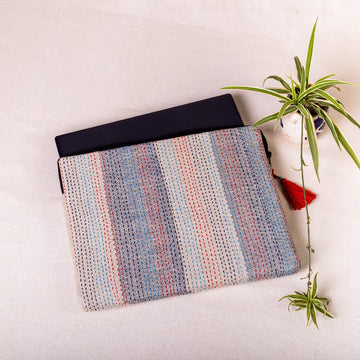
Kantha
Kantha is a centuries-old tradition of stitching patchwork cloth from rags, which evolved from the thrift of rural women in the Bengali region of the sub-continent. Kantha is one of the simplest and one of the most commonly used forms of traditional Indian embroidery.
A fabric reborn
Kantha refers to both the style of running stitch as well as the finished cloth. It was a craft that was practiced by women of all rural classes, "the rich landlord's wife making her own elaborate embroidered quilt in her leisure time and the tenant farmer's wife making her own thrifty coverlet, equal in beauty and skill". It was never commissioned by kings, nor ordered by the landed gentry, but passed down in learning and dowry from mother to daughter. The most humble of cloths gave free rein to the imaginations of the women; kanthas told of folk beliefs and practices, religious ideas, themes and characters from mythology and epics and the social and personal lives of the artisans; their dreams, hopes, and everyday village life.
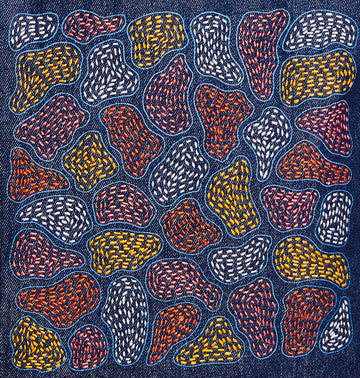
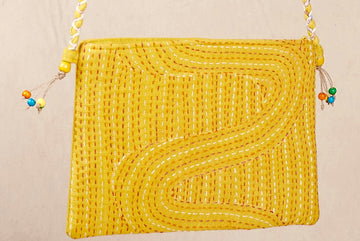
Technique
Kantha embroidery is typically done by hand, and it involves stitching together layers of old saris, dhotis, and other cloth scraps to create a new piece of fabric. The embroidery itself is done in a running stitch, which is used to create intricate and delicate designs. The running stitch is often used in a variety of ways, such as creating a border around the fabric or filling in the entire surface with intricate patterns. The stitch is typically worked in straight lines, following the grain of the fabric, and can be varied in length and spacing to create different effects. Kantha embroidery is characterized by its simplicity and elegance. The designs are typically geometric or floral and often feature repeating patterns or motifs. The stitching is often done in a contrasting color, which creates a beautiful contrast against the background fabric.

